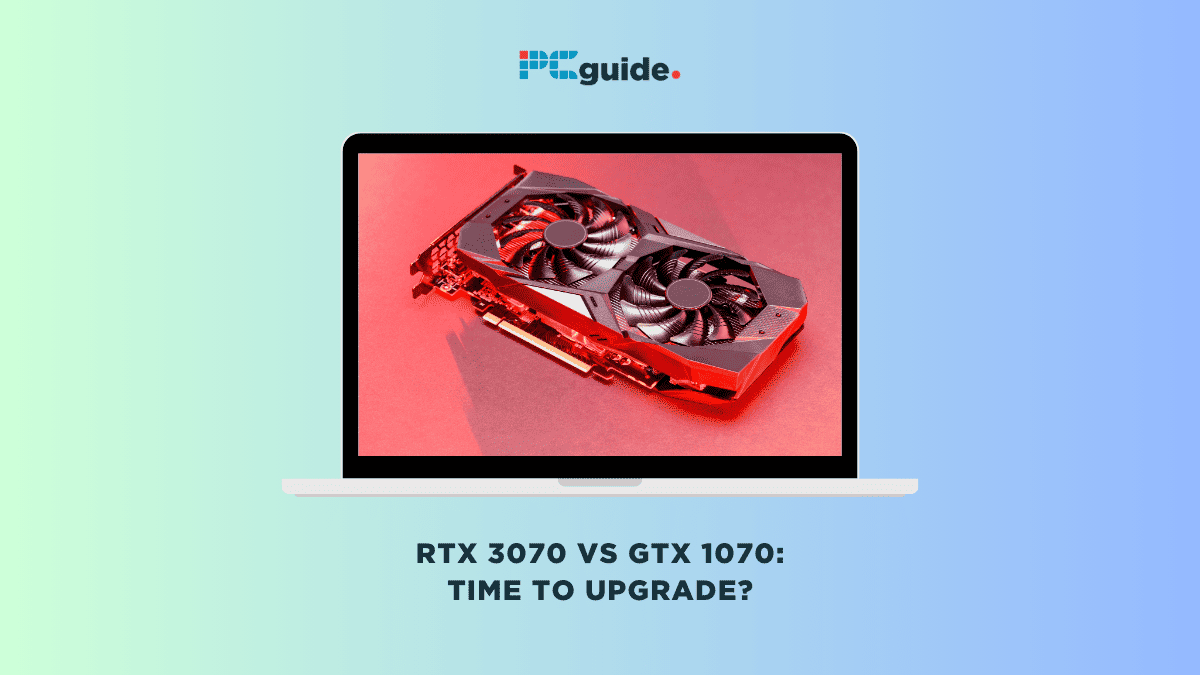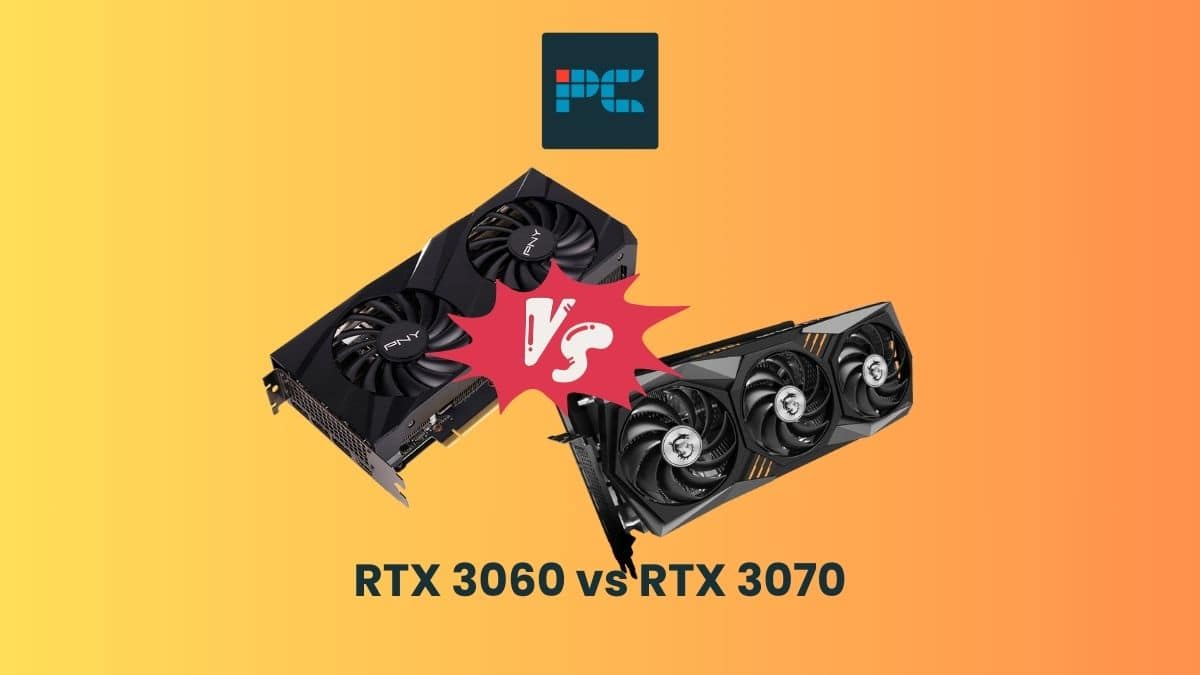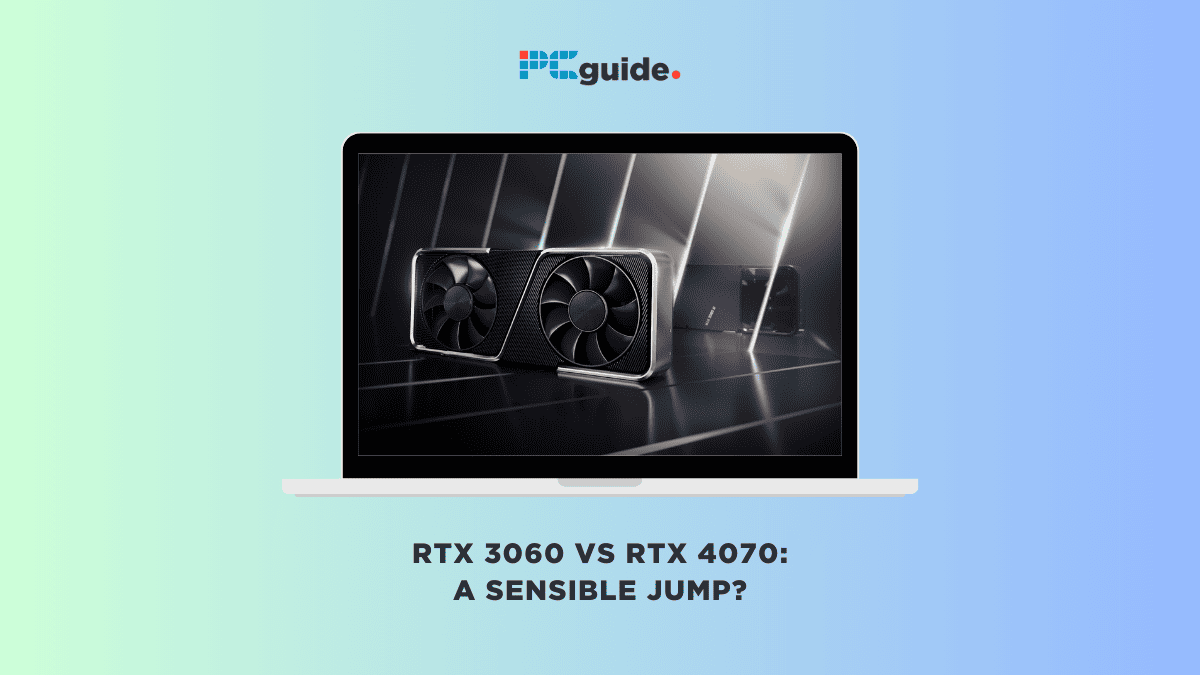RTX 3070 vs GTX 1070: Time to upgrade?

Table of Contents
Are you contemplating an upgrade from your current graphics card? In the battle of RTX 3070 vs. GTX 1070, it’s essential to understand what each card brings to the table. This comparison is particularly relevant for gamers and PC enthusiasts who are looking to enhance their computing experience. We’ll delve into the specifics of these two Nvidia GeForce powerhouses, examining their performance, features, and overall value for money.
In this comprehensive guide, we’ll explore how the Nvidia GeForce RTX 3070 and the Nvidia GeForce GTX 1070 stack up against each other. From their compatibility with different CPUs and monitors to their performance with SSDs and PSUs, we’ll cover all the crucial aspects.
Prime Day is finally here! Find all the biggest tech and PC deals below.
- Sapphire 11348-03-20G Pulse AMD Radeon™ RX 9070 XT Was $779 Now $739
- AMD Ryzen 7 7800X3D 8-Core, 16-Thread Desktop Processor Was $449 Now $341
- ASUS RTX™ 5060 OC Edition Graphics Card Was $379 Now $339
- LG 77-Inch Class OLED evo AI 4K C5 Series Smart TV Was $3,696 Now $2,796
- Intel® Core™ i7-14700K New Gaming Desktop Was $320.99 Now $274
- Lexar 2TB NM1090 w/HeatSink SSD PCIe Gen5x4 NVMe M.2 Was $281.97 Now $214.98
- Apple Watch Series 10 GPS + Cellular 42mm case Smartwatch Was $499.99 Now $379.99
- ASUS ROG Strix G16 (2025) 16" FHD, RTX 5060 gaming laptop Was $1,499.99 Now $1,274.99
- Apple iPad mini (A17 Pro): Apple Intelligence Was $499.99 Now $379.99
*Prices and savings subject to change. Click through to get the current prices.
Whether you’re considering PCIe upgrades or just curious about the raw power these cards offer, this article aims to provide you with all the information you need to decide if it’s time for that much-awaited upgrade.
RTX 3070 vs. GTX 1070: Specs comparison
When comparing the specs of the RTX 3070 and GTX 1070, it becomes clear that there have been significant advancements in graphics card technology. The RTX 3070 clearly outshines its predecessor.
Here's a table that compares various specs of both the GPUs:
| Specs | RTX 3070 | GTX 1070 |
|---|---|---|
| Architecture | Ampere | Pascal |
| Processor size | 8 nm | 16 nm |
| Transistors | 17,400 million | 7,200 million |
| Tensor cores | 184 | NA |
| RT cores | 46 | NA |
| TFLOPS | 20.31 TFLOPS | 5.78 TFLOPS |
| Base clock | 1,500 MHz | 1,506 MHz |
| Boost clock | 1,725 MHz | 1,683 MHz |
| Memory clock | 1750 MHz14 Gbps effective | 2002 MHz8 Gbps effective |
| Memory size | GDDR6 8 GB | GDDR5 8 GB |
| Memory bandwidth | 448.0 GB/s | 256.3 GB/s |
| TDP | 220 W | 150 W |
| Power connectors | 1x 12-pin | 1x 8-pin |
| Shading units | 5,888 | 1,920 |
| TMUs | 184 | 120 |
| ROPs | 96 | 64 |
| Pixel rate | 165.6 GPixel/s | 107.7 GPixel/s |
| Texture rate | 317.4 GTexel/s | 202.0 GTexel/s |
| Price (during launch) | $499 | $379 |
Firstly, the GTX 3070 boasts a Pascal architecture. On the other hand, RTX 3070 features a more powerful architecture with NVIDIA’s Ampere GPU. This results in a substantial increase in performance across the board. It offers higher core counts, faster clock speeds, and improved memory bandwidth compared to the GTX 1070.
Furthermore, the RTX 3070 supports real-time ray tracing and DLSS (Deep Learning Super Sampling) technology, which greatly enhances visual quality and performance in supported games. These features were not available on the GTX 1070.
In terms of memory capacity, the RTX 3070 comes with a generous 8GB GDDR6 VRAM, offering ample room for high-resolution textures and demanding applications. In comparison, the GTX 1070 has only 8GB GDDR5 VRAM.
Overall, it is evident that the RTX 3070 surpasses the GTX 1070 in terms of raw power, advanced features, memory capacity, and energy efficiency. This makes it an ideal choice for gamers and professionals seeking top-tier graphics performance.
RTX 3070 vs. GTX 1070: Performance
In terms of raw power, the GeForce RTX 3070 outshines its predecessor, the GTX 1070, by a significant margin. Benchmarks indicate that the RTX 3070 delivers a staggering 124% better performance compared to the GTX 1070.
At an average resolution of 1080p, gamers can expect an impressive frame rate of 93.6 FPS with the GTX 1070. However, when armed with the RTX 3070, that number jumps to a remarkable 178.8 FPS – showcasing its superior capabilities in handling high-resolution gaming.
Moving up to a higher resolution of 1440p, we see another substantial leap in performance for the RTX 3070. While the GTX 1070 manages an average frame rate of around 58.4 FPS at this resolution, its successor effortlessly achieves an impressive average of 114.4 FPS. Thus, it can provide smoother gameplay and more immersive visuals even at high resolutions.
Even at demanding resolutions like ultra-high-definition (4K), where both GPUs face a considerable challenge, it’s clear that the RTX 3070 holds a significant advantage over its predecessor.
RTX 3070 vs. GTX 1070: Price
The price comparison between the GTX 1070 and the RTX 3070 showcases the difference in pricing for these two graphics cards. The GTX 1070 was initially launched at a price point of $379, while the RTX 3070 came onto the market with a higher launch price of $499.
When considering the price difference between these two GPUs, it is essential to consider their respective features, performance capabilities, and technological advancements. Hence, the higher cost of RTX 3070 is justified, thanks to the enhanced performance it offers. Although priced a little higher, the RTX 3070 still provides a better value for money compared to the GTX 1070.
RTX 3070 vs. GTX 1070: Final verdict
When it comes down to the decision of whether to upgrade from a GTX 1070 to an RTX 3070, the verdict leans strongly towards making the leap. For those who prioritize higher frame rates and a more immersive gaming experience, especially in graphically demanding titles like Cyberpunk, the RTX 3070 emerges as a clear winner. It offers a significant uplift in performance, ensuring that you get the best value out of your new GPU investment.
While the RTX 3070 already marks a substantial improvement, if your budget allows, exploring even more advanced options like the RTX 3080 Ti or the latest 40-series cards could further enhance your gaming and graphical workloads. Ultimately, upgrading to the RTX 3070 or beyond promises a transformative experience, bringing you into the realm of high-end gaming performance and visual fidelity.


